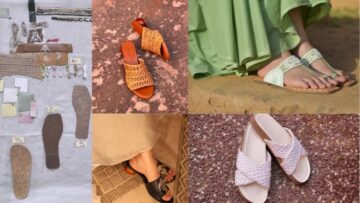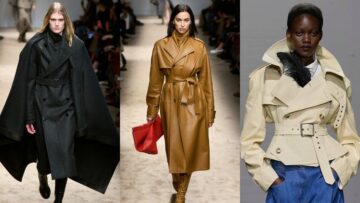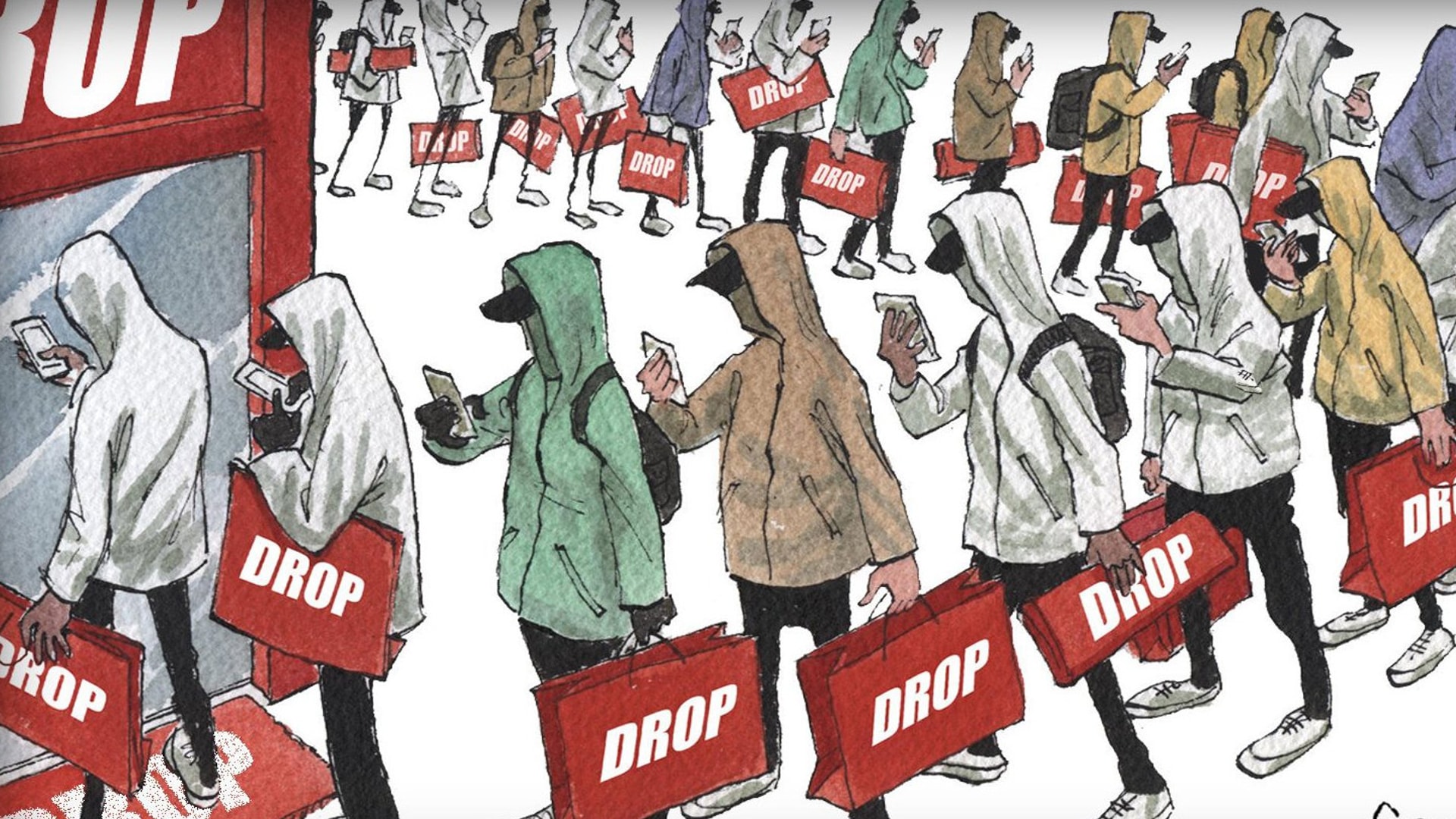
The streetwear fashion market has eventually transformed into a highly lucrative and booming sector, with the success attained by the athleisure and activewear categories. Such street-inspired clothing has quickly gained momentum, thanks to the upcoming target consumers, namely the millennials and Gen Z purchasers, who are directly evocative of the culture and inspiration driving this market forward.
A combination of premium, casual and comfort-fit clothing, which essentially comprises of sweaters, hoodies, logo tees, sneakers, bombers and caps adorned with graphics and a hint of culture make up the streetwear market. Designers and high-fashion brands have tapped this comfort and utility-based trend by introducing limited drops at high prices, thus giving the impression of a covetable experience to their consumers. Additionally, the upswing in hi-tech fabrics has positively aided in the rising popularity of this trend. What started as an affordable market, now revels with escalating demand and prices owing to the limited production model and the insurgence of the resale market.
Modern day media also has a strong role to play in this successful adoption.
Boasting of a direct impact on the consumers of today, media has helped garner favouritism from influencers and celebrities for this fashion movement. The soaring demand, not being backed up by equivalent supply, contributes to create the zeal and desire to own such pieces quite unlike most popular sportswear/athleisure brands which compete with this demand by having merchandise available all throughout the season.
But how does one justify something that is produced in mass but has yet become so rare and luxurious?
In ‘No Logo’— her manifesto on Culture and Global Capitalism published in the last month of 1999 — Naomi Klein wrote that the real work of companies was no longer manufacturing, but marketing. Competitors are intrigued by the model of brands introducing limited drops at sky rocketing prices, and still managing to be consistently sold out.
Brands today know very well how to play with the psychology of consumers and this is directly visible in the way they purposely try to imbalance demand with supply. Announcements of limited drops at a well-planned time, are so strategically thought of that it is enough to bemuse customers and lure them to own such limited edition pieces.
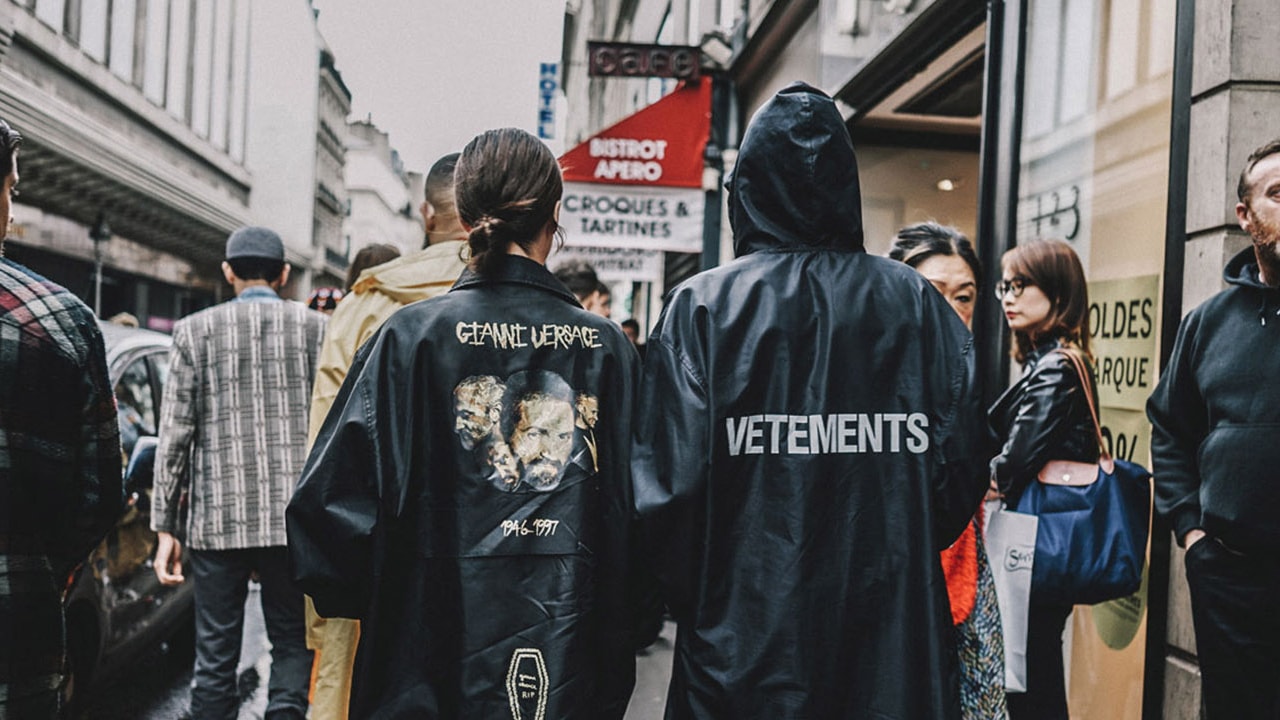
One such brand is Nike, which recognised the significance of limiting supply to create hype and thus tried to implement the same strategy last year with the drop of its Jordon iconic styles and colours. Even luxury retailers such as Barneys, Colette, and Dover Street Market are using the drop model to generate urgency and specificity.
On the other hand, young, high-end fashion labels with athleisure aesthetics that cater to streetwear, such as Vetements and Gosha Rubchinskiy are taking cues from small, suburban retailers, and massive multinational companies with vast global distribution networks—such as Nike and Adidas— and are revamping their supply chains to mimic the drop model (beyond their respective exclusive celebrity partnerships with brands like Jordan Brand and Yeezy).
With an astute keenness and zeal to tap into the popularity enjoyed by the streetwear drop model, there are people who have made a full-fledged business out of this trend by buying and reselling such clothing to other prospective customers who are not able to make purchases on the appropriate occasion.
Initially, the consignment resale industry included the buying as well as selling of luxury goods but more recently, a third wing has evolved. This wing is characterized by stocking up of limited edition pieces by gaining early access and then putting them up in the market to resell them at a higher rate. Streetwear has emerged as a top contender of this category. It continues to soar as entrepreneurial sellers bank upon the inflated premiums that customers are prepared to pay to own the most anticipated products.
People who can afford such merchandise, many a times, do not want to undergo the hassle of the long waiting queues and instead prefer to purchase from the resale market, not minding the additional cost. This is one of the reasons why these collections are regularly sold out.
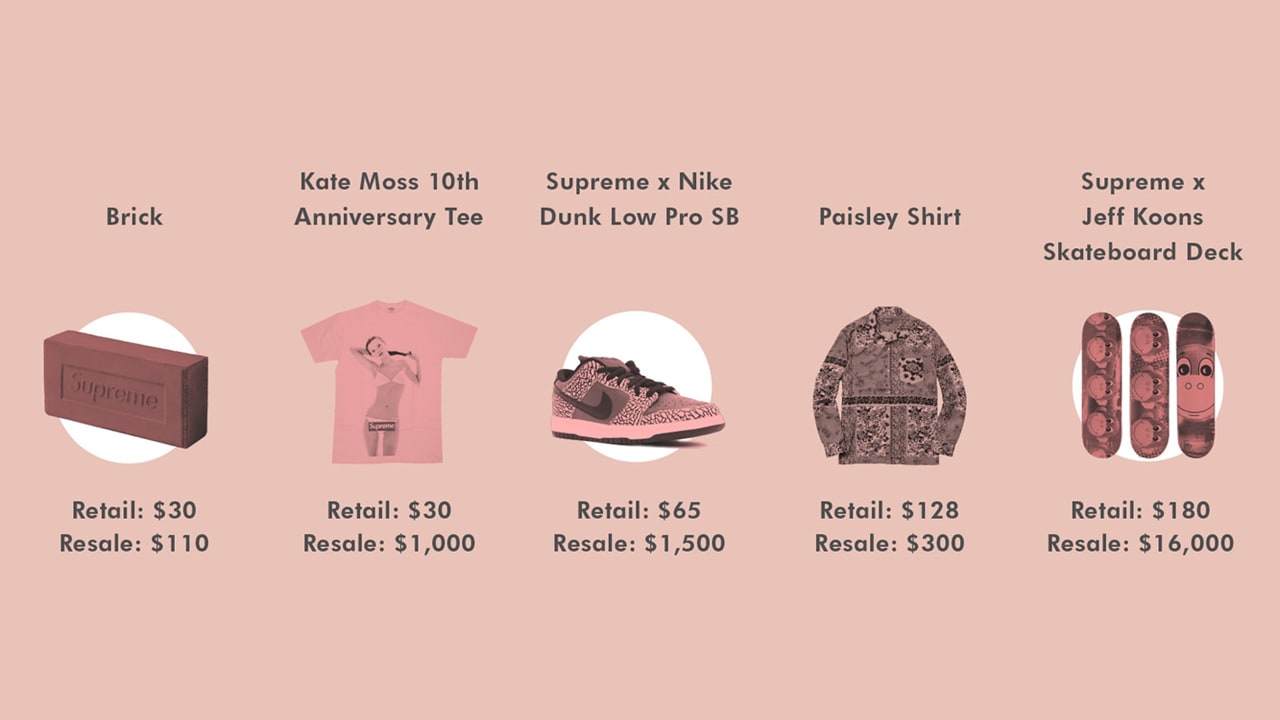
Social media has also contributed in a big way to add to the hype. Every brand and retailer knows that the only window to the consumers of the future is the social platform.
Instagram has helped to spread this trend and has made it even more popular than the maturing athleisure. The appeal of streetwear has resulted in sportswear brands losing out on retaining their charm by attracting consumers towards brands such as Vans and Supreme. More than ever before, brands are exclusively utilizing the influencer-power to drive engagement and to create an atmosphere of ‘have to own’ around such products.
Pictures of celebrities wearing limited, exclusive clothing create an overvalued buzz among consumers who want a taste of the elusive lifestyle by trying to obtain a much sought-after product. The drop model drives a hype that fosters a community around a particular product or brand, rousing not just a desire to spend, but also a desire to belong.
Now that streetwear has surfaced on the runways as well, it is certain that the trend will continue to cast a major impact on the fashion landscape. People’s approach to fashion is definitely changing towards more classic, comfortable and wearable pieces.
And with consumers preferring more exclusive and tailor-made experiences, the rise of such uncommon models of business are sure to play an active role in the future of fashion retail.


